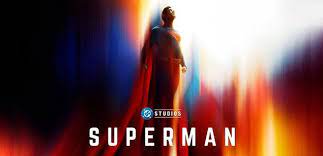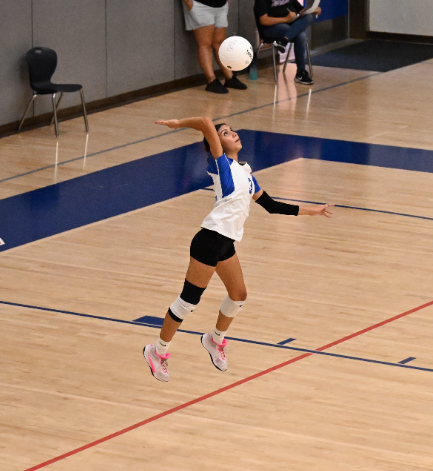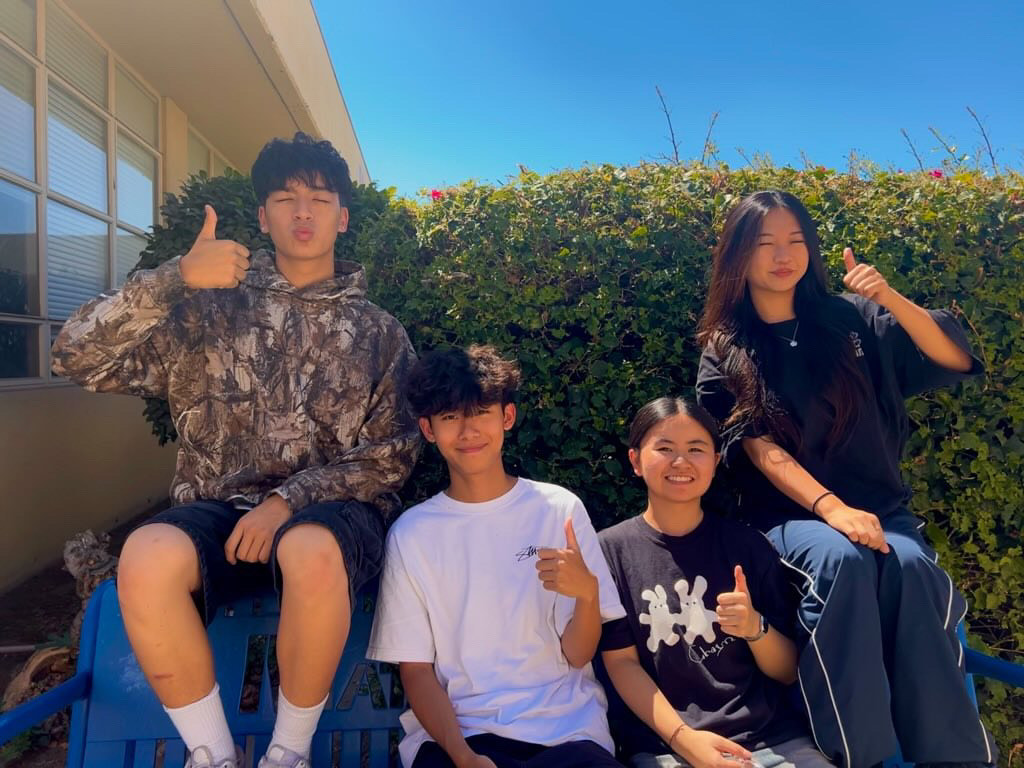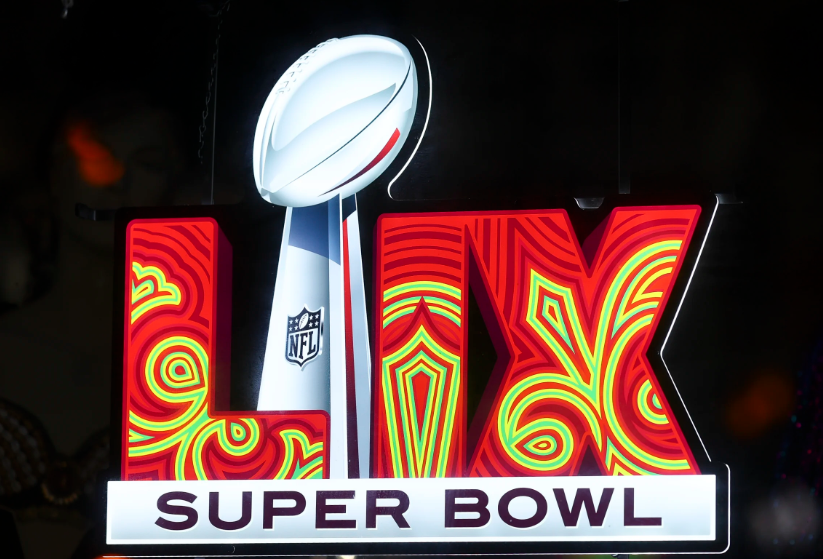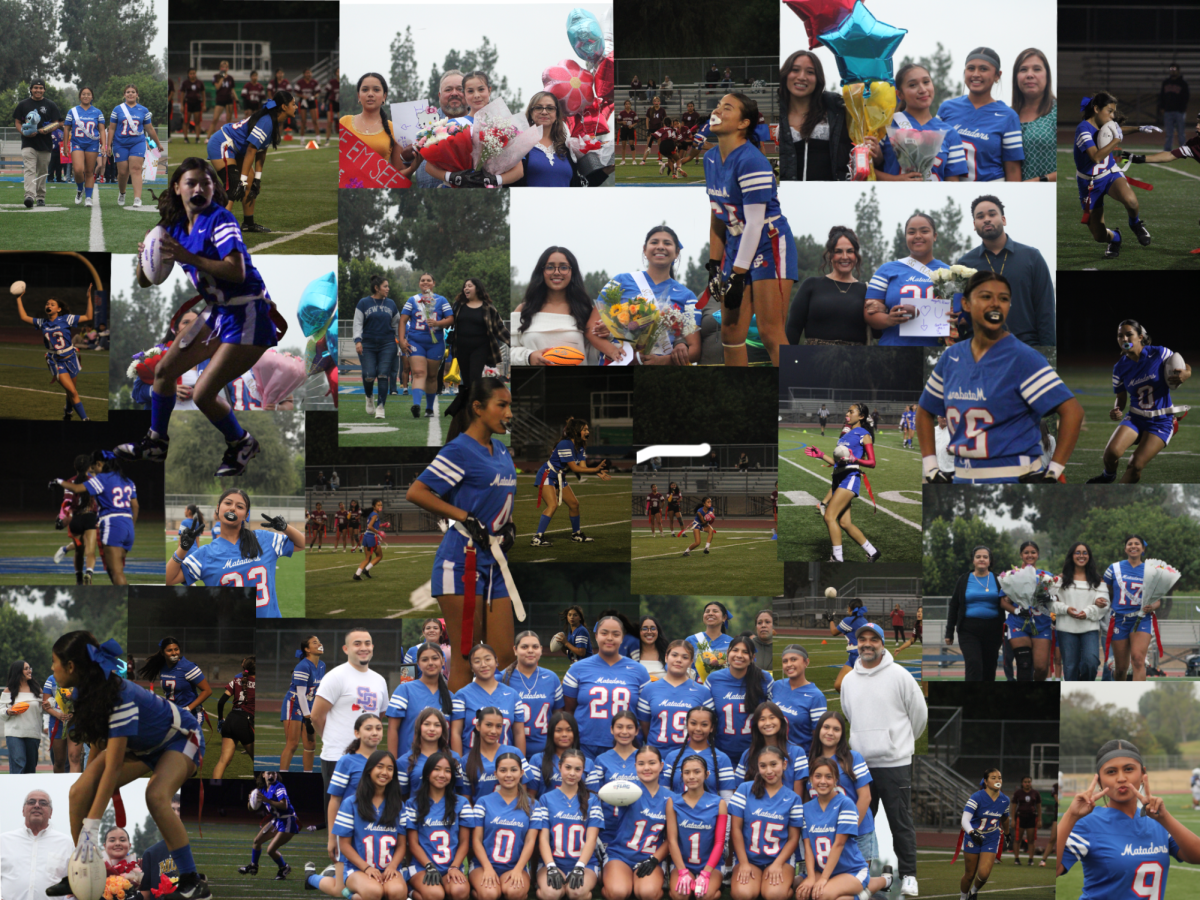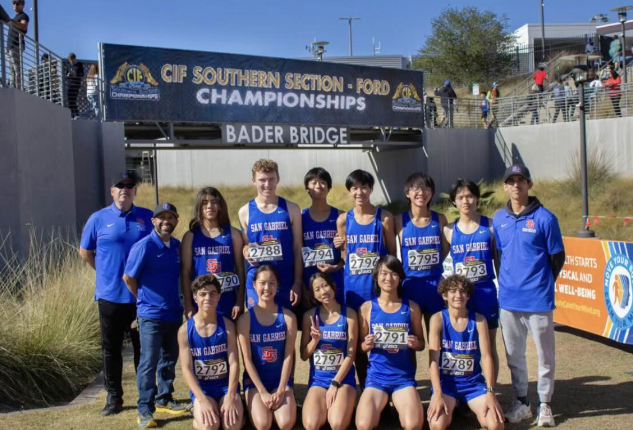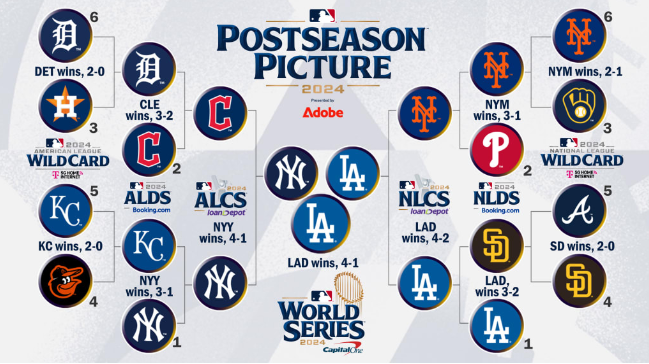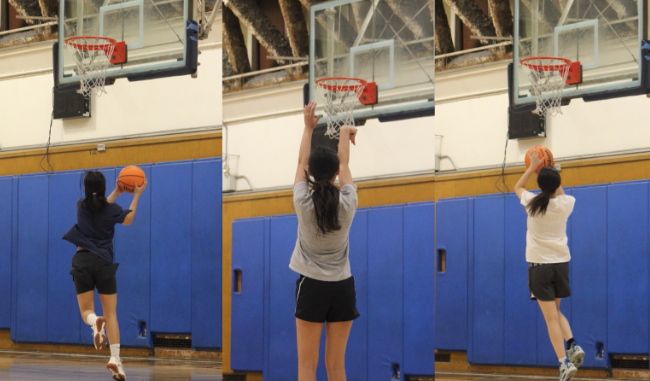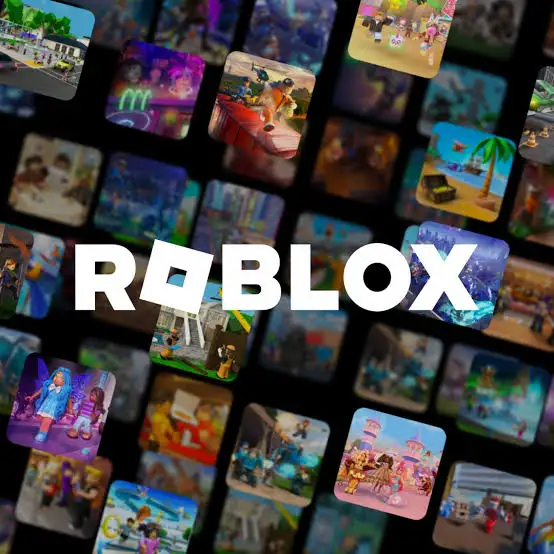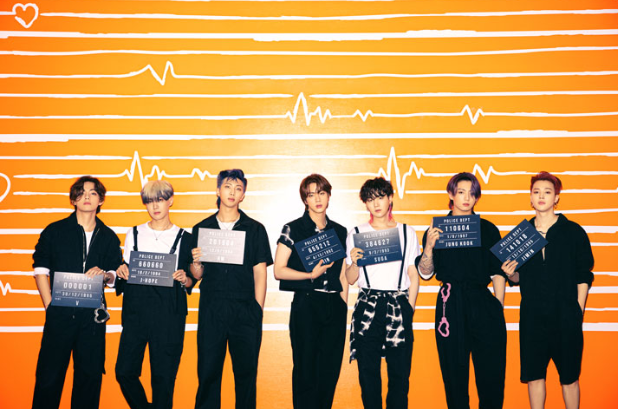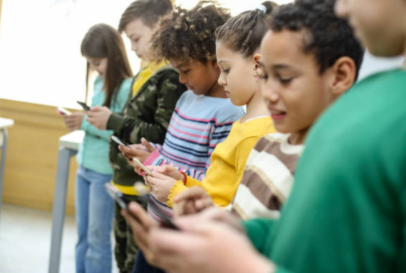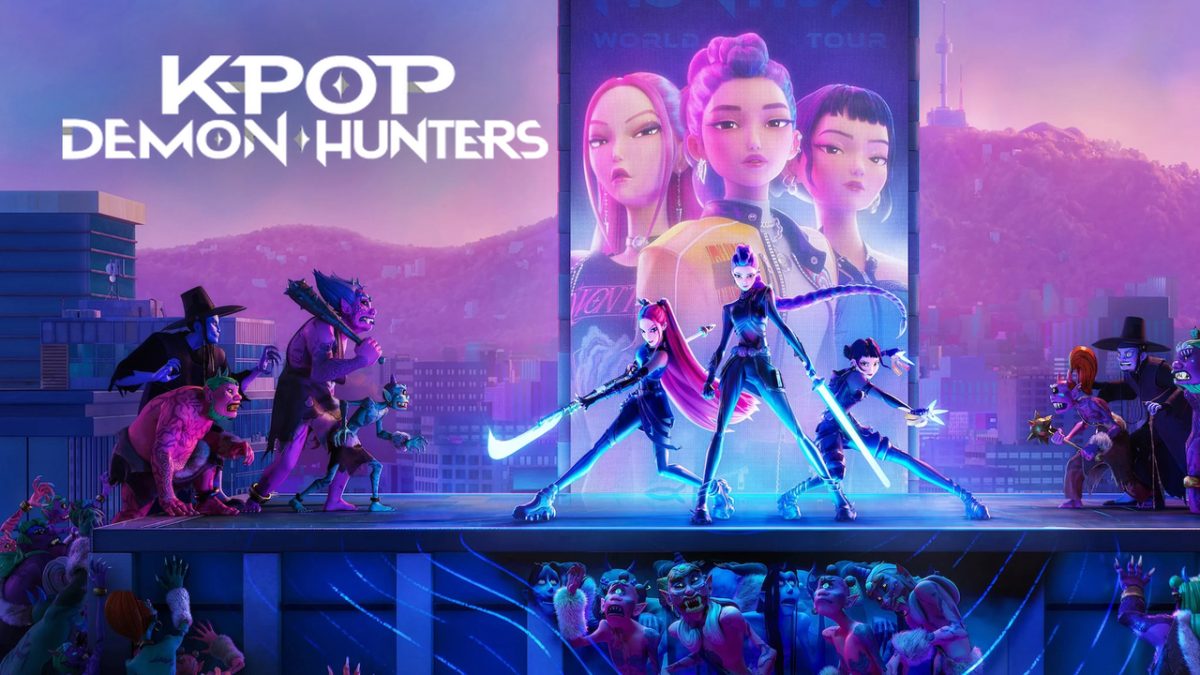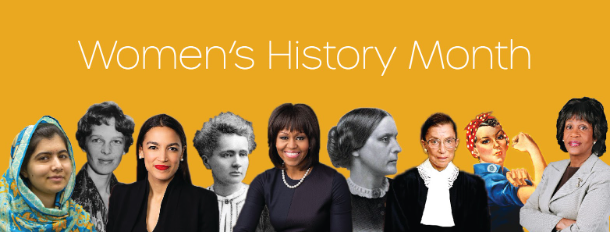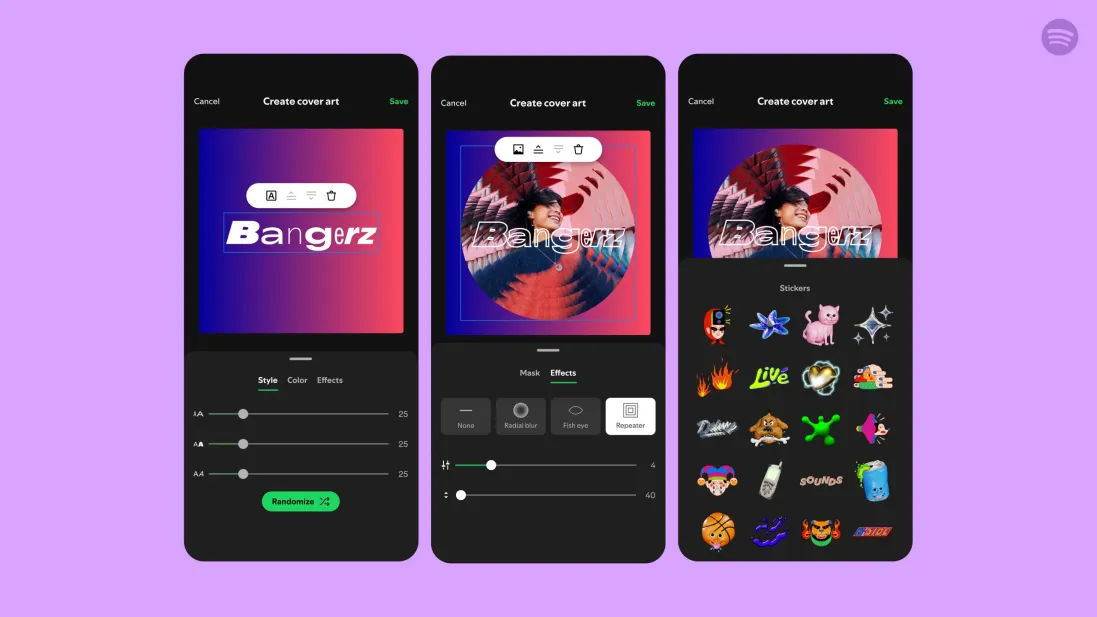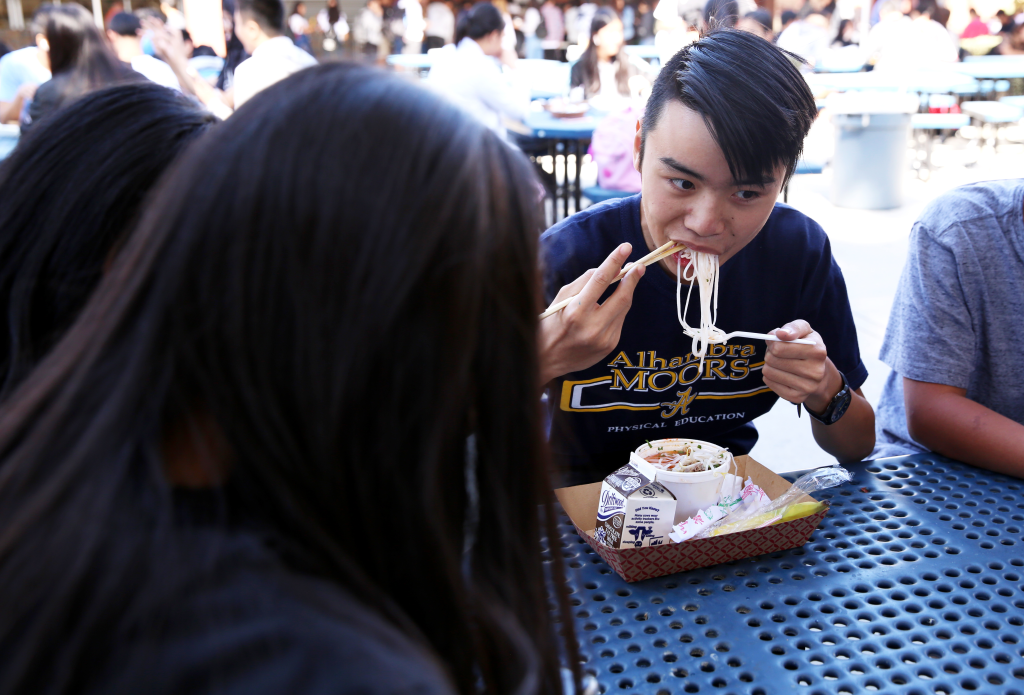As students, lunch is supposed to be a respite—a break from the endless grind of academics. But thanks to San Gabriel’s newly implemented lunch line ID rule, lunchtime has transformed into a frustrating and exhausting ordeal. The policy, aimed at preventing students from obtaining second lunches, forces everyone to either manually type their ID number or scan their ID card before receiving a meal. While the intention may be noble, the execution is nothing short of disastrous.
The first and most glaring issue is the sheer inefficiency of the system. Lines that once moved at a reasonable pace now resemble a DMV on its worst day. For those of us with limited time to eat, this means scarfing down meals, bringing our own or—worse—skipping lunch altogether. It’s absurd that a process meant to streamline distribution has instead created a bottleneck of hungry, irritated teenagers.
“It takes more than 20 minutes to get lunch and I’m starving,” said 12th-grader Khai Duu. “What if my building is further away?”
Then there’s the issue of forgotten or malfunctioning IDs. Not everyone remembers to bring their card every single day. When someone forgets their ID, they’re forced to manually input their student number, which slows down the line even further. Add technical glitches to the mix, and you have a recipe for chaos. Why should hundreds of students suffer because of a handful of rule-breakers seeking second lunches?
Moreover, the rule reflects a troubling lack of trust in the student body. By instituting this policy, the administration seems to imply that students can’t be trusted to act responsibly. This assumption undermines the relationship between students and staff. Instead of fostering a sense of community and understanding, the rule creates an atmosphere of surveillance and suspicion.
What’s most infuriating is the lack of communication and collaboration. Was the student body consulted before this rule was put in place? Were alternative solutions discussed? There are simpler and more effective ways to ensure equitable lunch distribution without punishing the entire school population. For example, staff could discreetly monitor for second-lunch offenders or implement a punch card system for those receiving free or reduced meals.
“It’s unfair to those with club meetings, who want to grab lunch before they go,” said Brian Loc, the senior secretary of the Environmental Club.
Lunchtime should not feel like a chore. It should not be a race against the clock or an exercise in frustration. The ID rule, though well-meaning, is poorly thought out and unfairly penalizes the majority for the actions of a few. As students, we continue to feel like our time, patience, and well-being are being served last.


